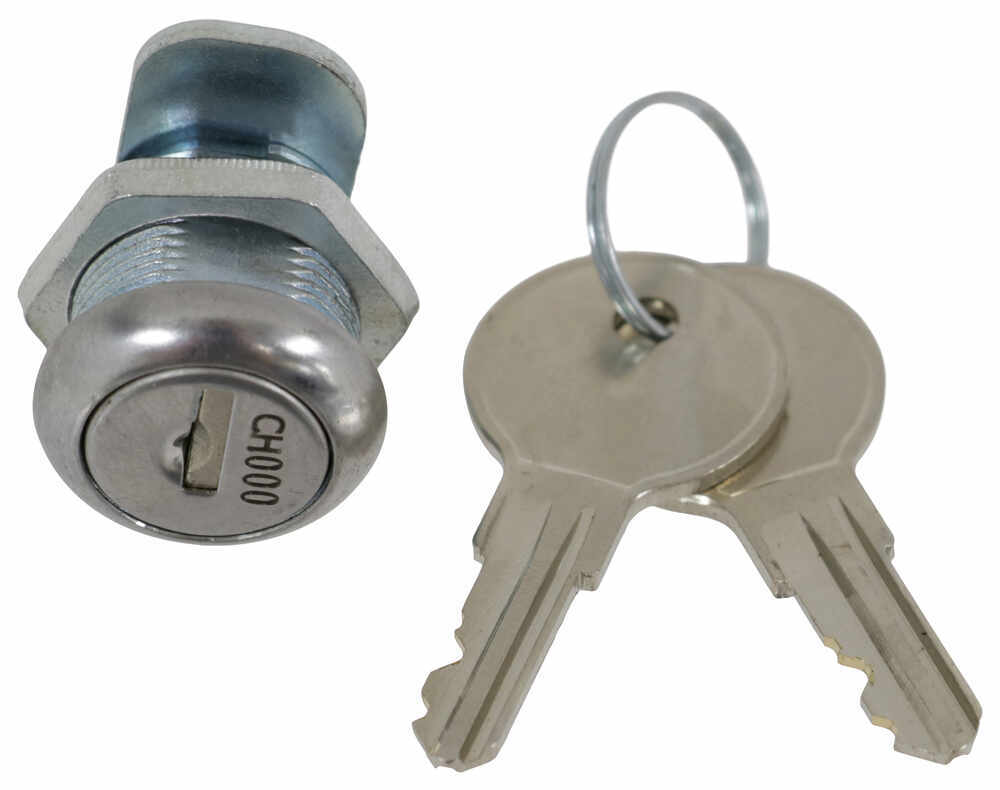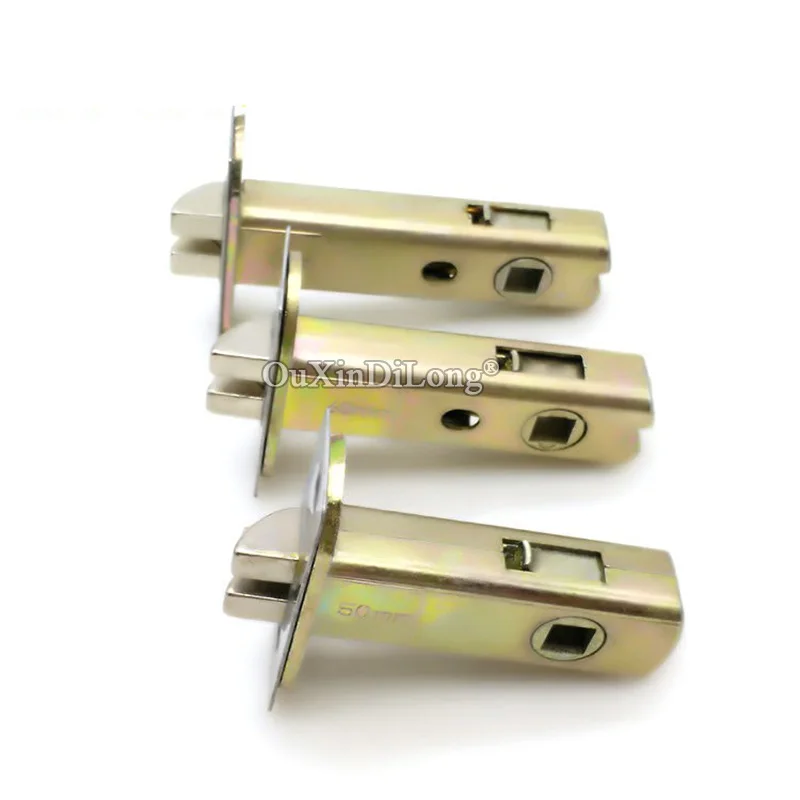

Instead, this pin is preventing the plug from being pulled out of the lock body and it does that because it is always engaged into the groove in both the locked and unlocked position.
PADLOCK PARTS DRIVER
But the 6 th driver pin sits within a deep groove and is not used by the key. Only 5 of these are used by the key to form part of the lock. Notice this lock has 6 spring loaded chambers. If the wrong key is inserted then the pins will not align and the plug will be unable to rotate. This means the plug is now able to rotate. The driver pins will have been pushed up and will now fully sit within the housing while the key pins sits fully within the plug. Once fully inserted, if the correct key has been used, then the top of each key pin will align with the shear line. When a key is inserted into the lock, the key pins will follow the profile of the key and move up and down until the key is fully inserted. With no key inserted, the driver pins sit part way in the housing chamber and part way within the plug. The intersection between the plug and the lock housing is known as the shear line. This also ensures the driver pin remains in contact with the key pin even when the padlock is rotated upside down. The spring pushes the driver pin into the corresponding hole of the plug until it touches the key pin. Within each chamber we find a spring which pushes another pin, known as a driver pin. Within the housing of the lock we find a number of chambers which align with the holes on the plug. Each key pin is a different height, and this will correspond to the profile of the key. The plug has a number of holes in the top, within each hole there is a small metal cylinder known as a key pin. When the key is turned, the plug will rotate. The key will slide into the plug and follow the groves to ensure a smooth transition. When we look inside the padlock body, we can see the locking mechanism. To unlock the padlock we need to insert the correct key into the key hole at the bottom of the lock body, and rotate the key until it releases the shackle. You’ll feel the internal locking mechanism engage and click into place, the shackle will now be unable to leave the body of the lock. To lock the padlock we simply align the end of the shackle with the hole in the lock body and push these together. These form part of the lock mechanism and we’ll see that part shortly. On the inside surface of the shackle we will find two notches. In the unlocked position, one end of the shackle pops out of the main body allowing this component to rotate freely.

When we look at a padlock the most noticeable feature is the U-shaped shackle at the top.
PADLOCK PARTS HOW TO
But these types of locks, especially the cheap ones, can be unlocked without a key if you know the correct method and once we understand how the lock works we’ll learn how to pick the lock. These are strong mechanical locks which are easy to mass produce and we find them used for everything from keeping our bikes where we left them to symbolising the everlasting love between two people on a bridge, and then throwing the key away to ensure it can’t be undone.

Called so because inside are some pins and a barrel which rotates or tumbles over.

With the industrial revolution came the mass-produced padlock which eventually settled on a pin tumbler design. They have been around for hundreds of years, ranging in complexity of design by different people and civilisations depending on the technology and manufacturing processes they had available. Padlocks come in many shapes colours and sizes. Scroll to the bottom to watch the YouTube Video The Padlock Padlocks
PADLOCK PARTS CODE
Go to for a free trial and when you’re ready to launch, go to … and add code “ENGINEERINGMINDSET” at checkout to save 10% off your first purchase of a website or domain. With thanks to Squarespace for sponsoring this article. Learn about the standard padlock to understand the main parts, how they work and also how to bypass the mechanical security features to pick the lock.


 0 kommentar(er)
0 kommentar(er)
